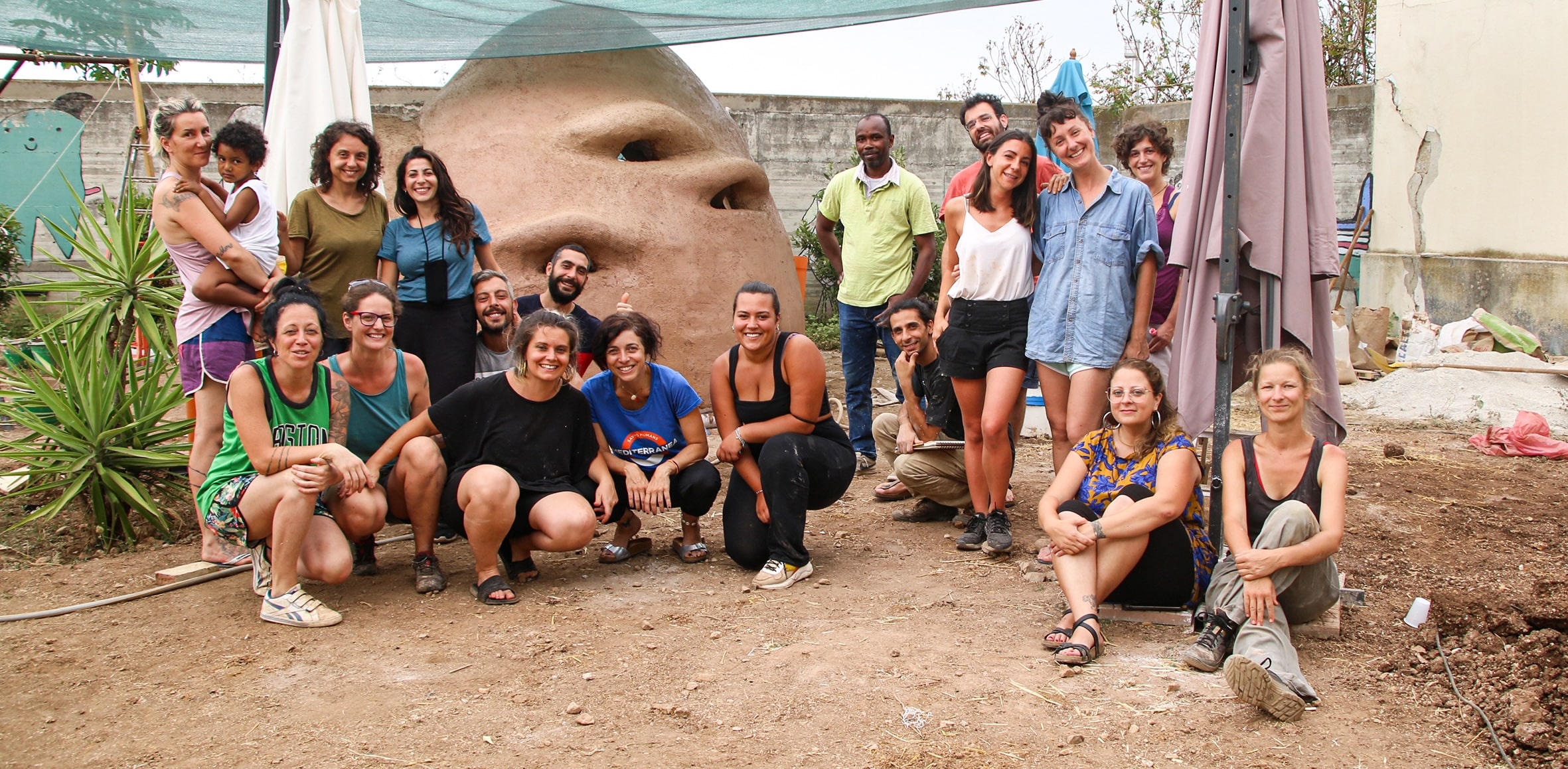Starting with community mapping, we have created and experimented with a methodology we call Memoria Viva—Living Memory—to research, collect and tell stories of people and places, of ties and transformations capable of reconnecting inhabitants and territory. The materials collected together with the community are then returned and become collective heritage through the use of new technologies, slowly becoming public space, museum, geoblogs, audio tours, applications or educational kits.
Wherever there are stories of people and places, we can design and/or co-design a process of mapping the territory by involving those who love and live it, thinking about
creativity and spreading the results.
We deal with education on different levels by studying artistic and pedagogical models and experiments from different geographical origins (from Freire’s Brazil, through the local artist Danilo Dolci, to Ward and Nussbaum).
We work on educational, creative, ecological and artistic tours in and out of school.
The landscape is a pulsating universe of life, of spaces, of relationships. Urban awareness means learning to read and interpret the urban landscape in all its material and symbolic historical and environmental components, perceiving ourselves as an active part in it. We believe in the possibility of transforming our cities into educating cities in which all active subjects can contribute to social transformation.
We offer support and advice for the regeneration of abandoned urban spaces and (seemingly) marginal contexts. We have gained experience working in suburbs, which allows us to design solutions for rethinking complex spaces and imaginations, from the technical aspect, through fund-raising, to reuse design using inclusive methodologies.
The ecomuseum stands as a garrison of inclusion so that the redevelopment projects that are planned in the area can have a broad impact. If we improve the quality of spaces without making people aware of the potential of the space, there cannot be any development.
We invite artists to work on site and prefer community art practices, forms of art that starting from a shared inspiration promote collective processes of creation, creating bonds between people, and between people and places, and express a love of artwork as the future, as everyday life.


